Duration: ca. 24 minutes.
NOTES
Frederik Magle’s Piano Quartet is, by all accounts, a starkly personal composition.
Written around a period of familial illness and channelling much of the uncertainty that such a siuation brings along, the four-movement work is nonetheless a fundamentally optimistic one – with moments of tension and apprehension, of course, but never losing sight of its dogged determination throughout.
Cast in four titled movements, the quartet in essence works within a single multipartite structure, with themes from movements one through three returning in combination in the piece’s rousing conclusion. The four movement’s titles offer hints to their respective inspirations and contents, though they remain charmingly nonspecific: ‘Seizure’, lending itself here to a pervasive sense of stricture and tension; ‘In the Deep Vales’, suggesting something of a pastoral air, also providing by and large the calmest material in the work; ‘Ictus’, a word for a regularly repeating meter in poetry or music, emphasising the movement’s distinctive rhythmic footprint; and ‘The Road Home’, bringing the aforeheard material together in a strong, secure recapitulation. Throughout, the four instrumentalists trade motifs in combination and transformation, constantly populating the texture with a variety of iterations of each main theme.
The opening movement, ‘Seizure’, begins peacefully – a sustained pedal, with gentle decorations and short, exploratory fragments that morph into the first principal theme of the work presented in the piano. This peace is short-lived, however, as the piano abruptly reconfigures this theme into a jaunty, eccentrically harmonised dance. The gestures become wilder, more bacchanal, the sudden shifts in dynamic and texture jarring and disorienting, as the peaceful theme succumbs to a tense, agitated atmosphere. Underpinning everything is a fundamentally beautiful post-Romantic harmonic footprint, but the various instrumental layers obfuscate it with shades of dissonance and progressions that divert to unexpcted places. To contrast, occasionally Magle lets the texture and harmony lighten, allowing more soft, uncertain passages of dialogue to occur between piano and strings; elsewhere, we’re presented with triumphal reassertions of the principal theme backed by a deep-rooted harmonic cross-rhythm in the piano. These diversions can only last for so long, however, as the material dissolves down into a more despondent iteration of the first section – the viola pedal is replaced by piano pulses and later a low cello drone, delicate fragments of material now clouded by uncannily shifting chords, ultimately leaving the violin stranded and exposed at the top of its range alone.
‘In the Deep Vales’ provides something of an antidote to the first movement’s restlessness – the dramatic swells are still present, but the two sets of material that Magle shifts between are fundamentally simpler and more tranquil in mood. On the one hand, the opening chorale, repositioned throughout in aspects of the movement’s harmonic writing and found in echoes across the parts; on the other, a back-and-forth rocking pattern beginning in the piano that underpins a wide range of melodic exploration in the strings. Principal inspiration is found in the Danish song Jeg gik mig ud en sommerdag (“I went out one summer’s day”), both musically and in the title taken from the song’s third line; the song’s melody is even quoted directly at the tail of the movement. The titular deep vales also seem to convey not just the pastoral mood of much of the movement, but also the musical searching present throughout – if the first movement is about straining against stasis and restriction, the second instead allows a sense of freedom in how its material develops.
‘Ictus’ and ‘The Road Home’ started life as a single movement, and though they still segue one into the other, their split in twain demonstrates more clearly how Magle uses and develops material across them both. The third movement’s title is a clear hint towards its distinctive rhythmic footprint – an unwavering dedication to a lilting five- time populated both with uneven pulses and a tight, twisting perpetuum mobile run of constant semiquavers. The harmony is uncertain, fraught and hovering on an unresolved pedal D flat low in the piano, that only seems to resolve (however loosely) down to the low C upon the arrival of the fourth movement.
Said fourth movement inherits much from its former conjoinee, though it is modified to
signal its more culminatory nature. The unsteady 5/8 evens out to a more solid 3/4, the range and gestures of the parts expand outwards and we find more and more fragments of previous movements integrating into the musical patchwork. As the quartet rushes to its conclusion, the stress shifts from three beats in the bar to two, growing to a cathartic climax where the themes of the first and second movements are presented simultaneously across the entire quartet, before a final shift back to 5/8 allows the third movement’s theme also to recapitulate in dramatic, ecstatic fashion. The ultimate gestures of the quartet are frenetic, bold and restless, and even the final chord is an imperfect, if definite, ending to the movement and the work as a whole.
notes: Acorus Calamus, editor

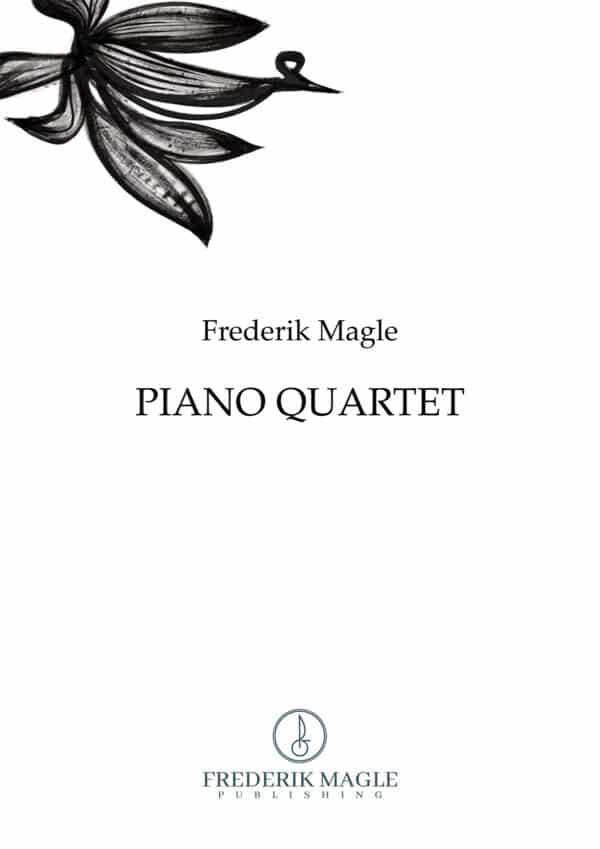
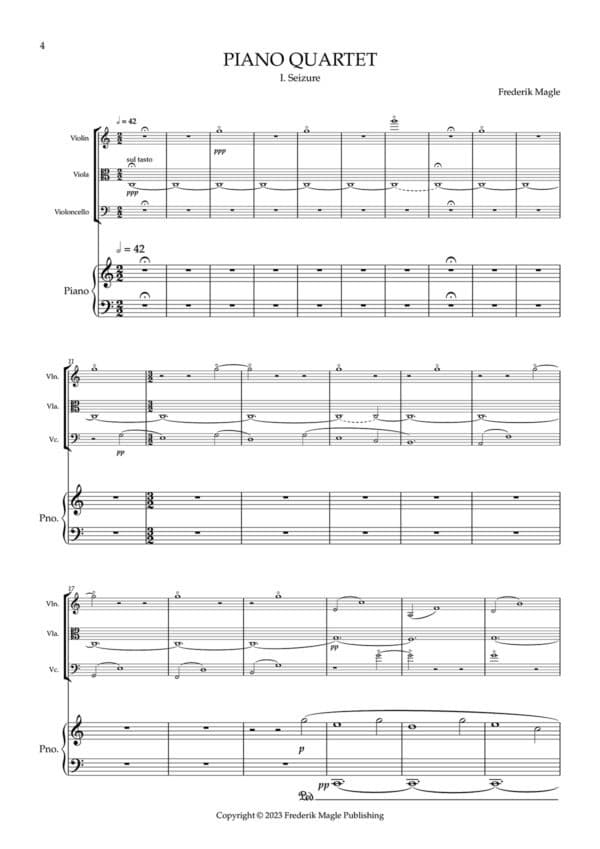
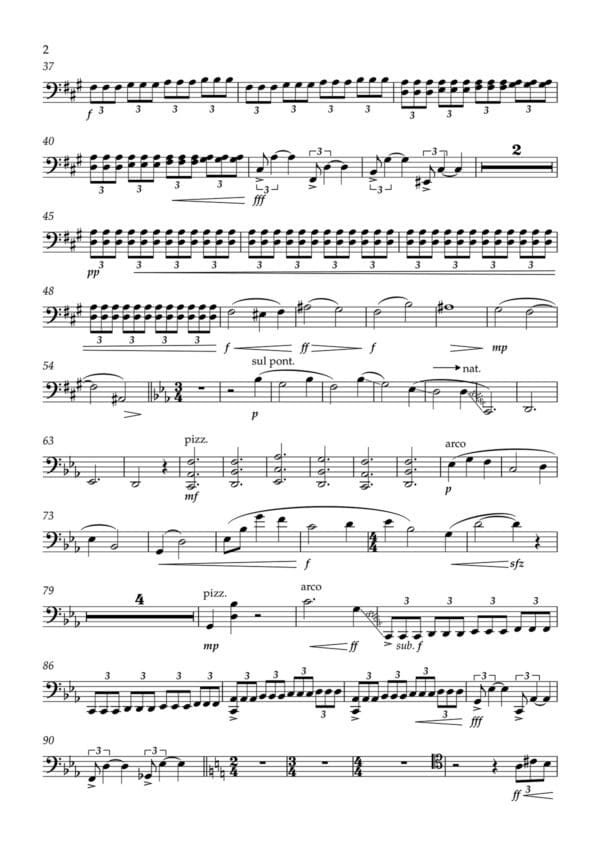
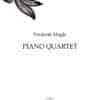
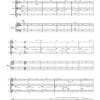
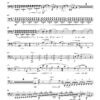


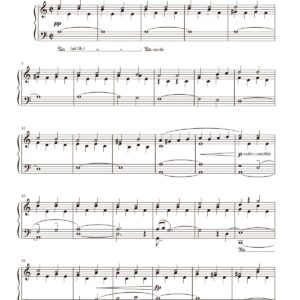
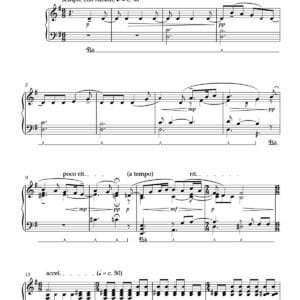
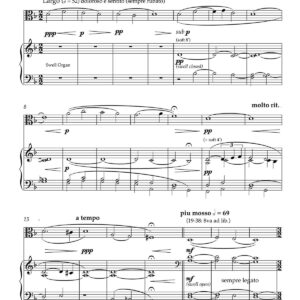
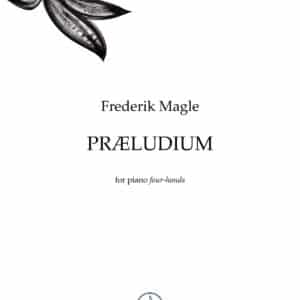
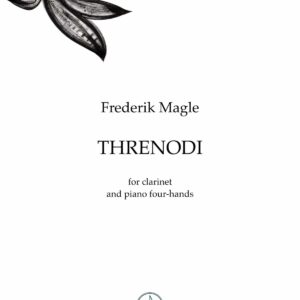
Anmeldelser
Der er endnu ikke nogle anmeldelser.